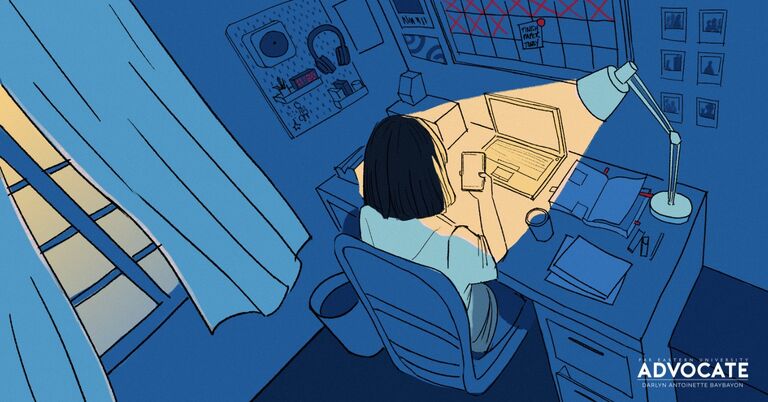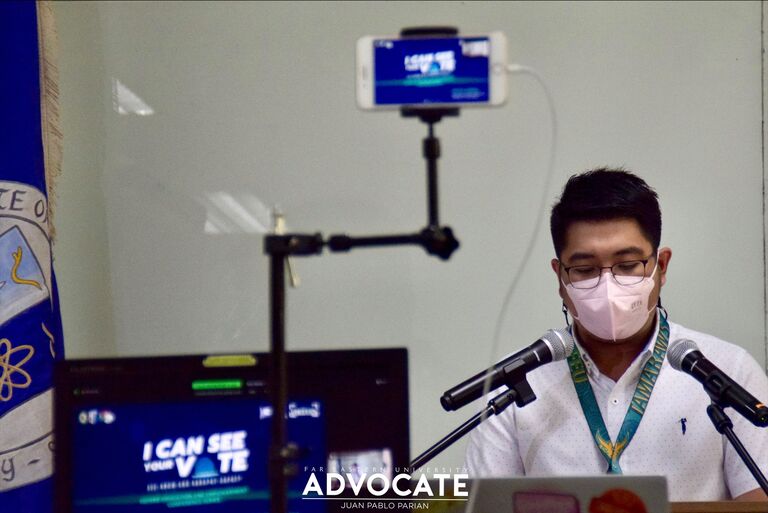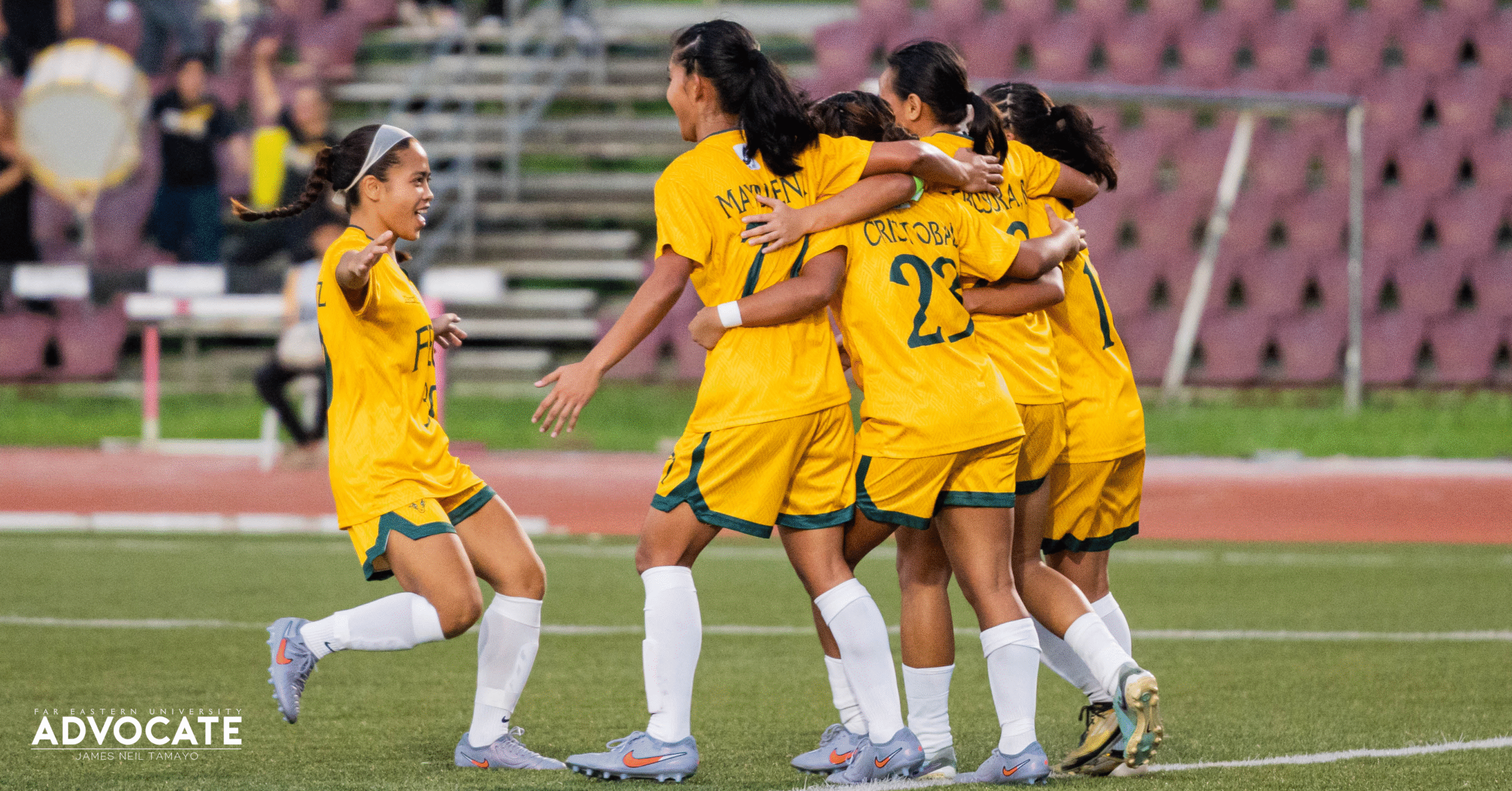
Who is FEU’s new King Tamaraw?
- September 17, 2018 07:00
FEU Advocate
September 08, 2021 04:12

Modern literature has become an outlet for women’s voices and has helped distinguish a wide range of perspectives. As written works started to gain a female standpoint by the 18th century, men began critiquing women’s novels which is why the concept of having female writers was often disregarded due to their inferior standing in male-dominated societies.
Despite the fact that female writers have received more respect and recognition since the 19th century, the prejudice against them can still be seen in the present day. It is no doubt that Filipina writers have also experienced the same treatment during the early years of literature being established in the country.
The Progression of Filipina Writers
During the pre-Hispanic era in the Philippines, the idea of gender equality was already being practiced but by the time of the Spanish colonization in 1521, they shaped Filipinas into becoming modest and submissive individuals. Due to this, women were expected to carry themselves in a Maria Clara-like fashion: demure, self-effacing, and the epitome of virtue.
300 years of colonialism passed until Isabella II of Spain paved the way for the Education Degree of 1863 which stated that at least two primary schools for all children, regardless of gender, should be established in each town and should be handled by the municipal government. According to European Education Outside Europe, the Philippines was able to spearhead free education for women which was very progressive compared to other Asian and European countries at the time.
Due to this, women were able to be exemplary figures in the war in both a logistical and intellectual sense. They became a part of Asociacion Filantropica dela Cruz Roja where they assisted in collecting funds for the war and treating wounded revolutionary soldiers, according to Feminism and the Women's Movement in the Philippines.
When the American Occupation began in 1898, they were able to build a public education system based on the English language. It was a great opportunity in which both men and women were free to attend schools and finish their higher education in institutions such as the University of the Philippines.
During the Japanese Occupation that began in 1941, the Japanese encouraged Filipinos to create written works in their own vernacular compared to the United States that were strict in following the use of the English language. Fast forward to the rise of Ferdinand Marcos’ dictatorship in 1972, literary themes such as cultural revolution, social awakening, and political consciousness emerged during his 20-year authoritarian regime. As reported by a reputable local news source, there were grave consequences waiting for those who spoke badly against the former President.
Feminism has piqued the interest of Filipina writers in the latter years of modern-day Philippine literature from the 1960’s to the 1980’s. Their work was a break from the traditional and stereotyped image of the Filipina as matriarchs and characters of the past. This was considered as a breath of fresh air for women to read materials that contained taboo themes such as divorce or separation from past husbands, sexual exploration, abortion, and childless marriages — a far cry from what was taught and implemented to Filipinas all those years ago.
A New Era of Women
One example of a female trailblazer in Philippine Literature is Marjorie Evasco. In an article from Asian American Writers’ Workshop, some of her notable works have won the National Book awards from the Manila Critics’ Circle, like “Dreamweavers (1997)”, a poem about her aunt whose goal is to become a dentist but because of gender norms, had to stay at home and live a simple life instead. Another notable work of hers is “Six Women Poets: Inter/View (1986)” where she interviewed other female literary pioneers such as Angela Manalang Gloria, the author of “Poems (1940)” which is the first and only pre-war anthology of poetry in English by a Filipino woman.
Other notable feminist figures that should be mentioned include Trinidad Tarrosa-Subido who authored “The Feminist Movement in the Philippines” in 1954, a book that highlighted feminism's victories in terms of women's political, legal, economic, and social standing in the country. Kerima Polotan Tuvera is another Filipina author who hid under the pseudonym ‘Patricia S. Torres’. Due to her husband’s connections with the Marcos family during their regime, she was able to create “Imelda Romualdez Marcos: A biography of the First Lady of the Philippines”, the only biography that the former First Lady has ever officially approved.
In the present day, acknowledgement and support from non-governmental organizations, libraries, and publishers are given to Filipina writers but despite these attempts and the efforts of the writers themselves, there are still obstacles facing their literary careers. These include literary commercialism which prohibits female writers from achieving equal representation, the fight for greater recognition of their standing as writers, and economic barriers such as earning the same income as men.
Passing of the Torch
Having spent each waking moment in today’s realities may oftentimes prove to be the shroud that insentients most into believing that society had always been open to women, but the truth cannot be further with the enduring battle for equality.
Literature and literacy played no small part in the movement of thought towards the liberties enjoyed in the present. Once the vehicle of ideas circulated, it created a spark— and it was enough to ignite a fire that still emanates today. Such is the power of ideas, but also of the act of learning and composing itself, that caught like a wildfire that cannot be ignored.
In the light shone by these bodies of work and their authors, women are now able to go beyond the roles that were expected of them, as evident in the 2021 Global Gender Gap Report by the World Economic Forum (WEF) where the Philippines ranked 17th among 156 countries and second in the East Asia and Pacific region in closing the gender gap.
Additionally, the country has also seen about 80% reduction of the gap in managerial roles— more or less half of these positions are occupied by women; and that the presence of women in leadership roles increased. The report also stated that gender parity has been achieved.
Despite this, there are issues that even education and literacy have yet to overcome— the Philippine patriarchal culture that persists and continues to keep women confined in preconceived notions of subservience and outdated standards. Although society as a whole has progressed by leaps and bounds in terms of gender roles and expectations, conversations that encroach women’s personal life and choices are still common.
While the end of the road is not yet in sight, it is a road that was laid brick-by-brick by the women who decided that they, too, have more to offer; and so they wrote. Women today continue to write under the light shone by those who came before them— an heirloom that will never fade.
- Angelic Mizpah Chaste C. Bulanhagui and Ma. Isabela D. Manacsa
(Illustration by Mary Vel Custodio/ FEU Advocate)









